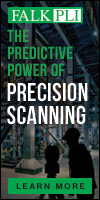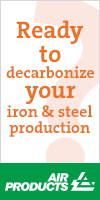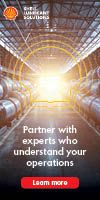Microsoft Enters Agreement With Stegra for Green Steel, EACs
09/26/2025 - Microsoft has entered into two new agreements with Stegra including using near-zero-emission steel in its data centers and the purchase of environmental attribute certificates (EACs) from Stegra’s manufacturing facility in Boden, Sweden.
Microsoft’s carbon emissions are mostly classified as scope 3 or indirect emissions, in part due to the construction of more data centers and the carbon in building materials and technology hardware, the company said.
“Sustainable change calls for unconventional partnerships. We are now teaming up with a market leader in Microsoft, to demonstrate how we can work together to accelerate change in the steel industry,” said Henrik Henriksson, chief executive officer at Stegra.
Stegra said it will deliver steel with up to 95% lower emissions than conventional steelmaking.
“This collaboration with Stegra enables us to decarbonize our infrastructure, while maintaining the performance and reliability standards required for hyperscale environments,” said Jenifer Weitzel, corporate vice president of engineering, construction and procurement at Microsoft.
While Microsoft isn’t a direct buyer of materials, it will work with its suppliers to receive coils from Stegra and process the green steel into components designated for use by Microsoft’s data center equipment suppliers.
“When physical delivery isn't yet feasible, signing agreements for environmental attribute certificates demonstrates that emissions reductions are possible in the value chain through credible market mechanisms,” said Melanie Nakagawa, chief sustainability officer at Microsoft.
Stegra and Microsoft’s agreement for EACs is a model that Microsoft has worked with in other industries. This is the first time it is being implemented in the steel industry, the companies said.
With EACs, Microsoft can claim using the corresponding amount of steel with almost no emissions in its operations. Microsoft said the possibility to sell the green value separately will help drive further demand for sustainably produced products beyond where it currently makes sense to deliver the physical product.
“Sustainable change calls for unconventional partnerships. We are now teaming up with a market leader in Microsoft, to demonstrate how we can work together to accelerate change in the steel industry,” said Henrik Henriksson, chief executive officer at Stegra.
Stegra said it will deliver steel with up to 95% lower emissions than conventional steelmaking.
“This collaboration with Stegra enables us to decarbonize our infrastructure, while maintaining the performance and reliability standards required for hyperscale environments,” said Jenifer Weitzel, corporate vice president of engineering, construction and procurement at Microsoft.
While Microsoft isn’t a direct buyer of materials, it will work with its suppliers to receive coils from Stegra and process the green steel into components designated for use by Microsoft’s data center equipment suppliers.
“When physical delivery isn't yet feasible, signing agreements for environmental attribute certificates demonstrates that emissions reductions are possible in the value chain through credible market mechanisms,” said Melanie Nakagawa, chief sustainability officer at Microsoft.
Stegra and Microsoft’s agreement for EACs is a model that Microsoft has worked with in other industries. This is the first time it is being implemented in the steel industry, the companies said.
With EACs, Microsoft can claim using the corresponding amount of steel with almost no emissions in its operations. Microsoft said the possibility to sell the green value separately will help drive further demand for sustainably produced products beyond where it currently makes sense to deliver the physical product.


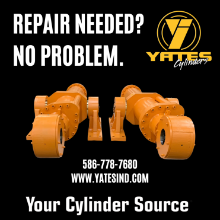
.jpg?lang=en-US&ext=.jpg)
.gif?width=220&height=200&mediaprotectionhash=374c6b9a31f2b2fbfc7937391034efb46fd57feba997b9ad2ae9a0bd3d48329d&ext=.gif)
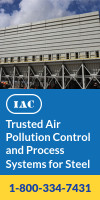
.gif?width=100&height=200&mediaprotectionhash=e2d5b15d68f84f22038524be6c58e5268d67b7f44494b544e29a8d53c5b959ba&ext=.gif)
